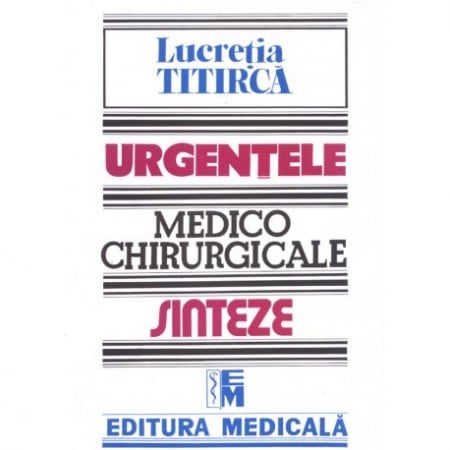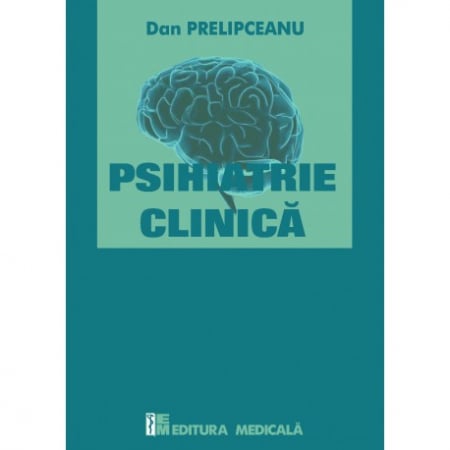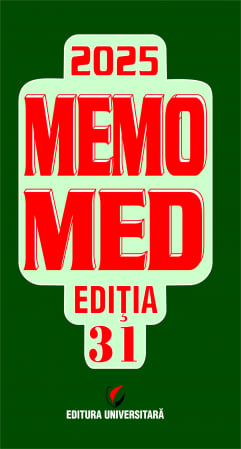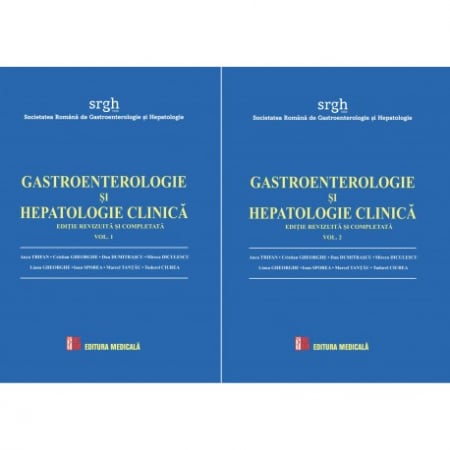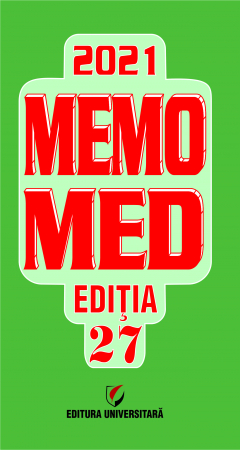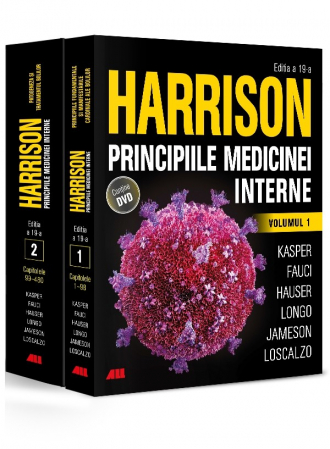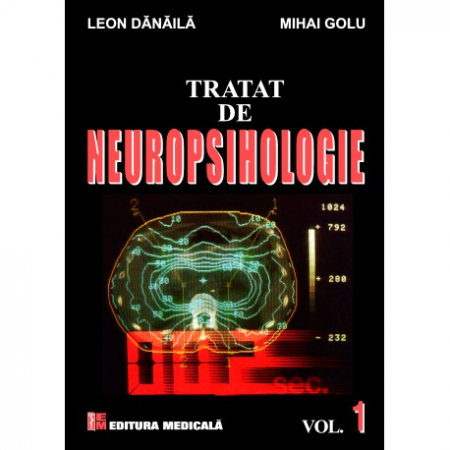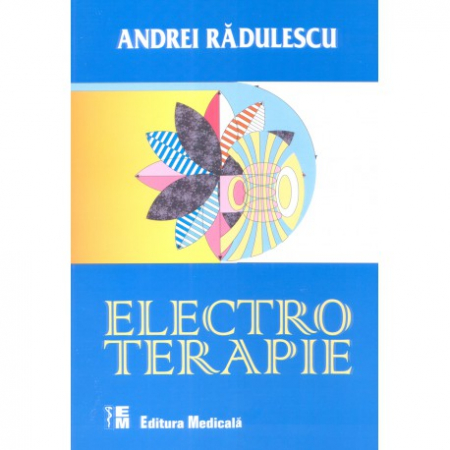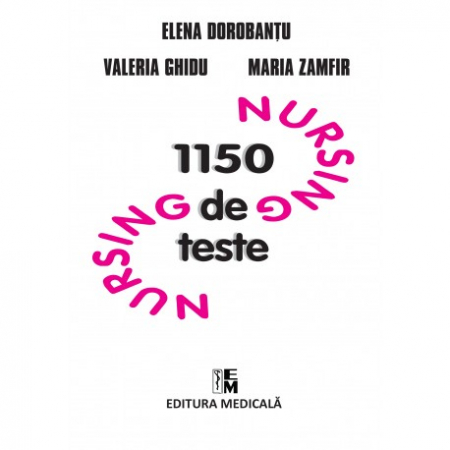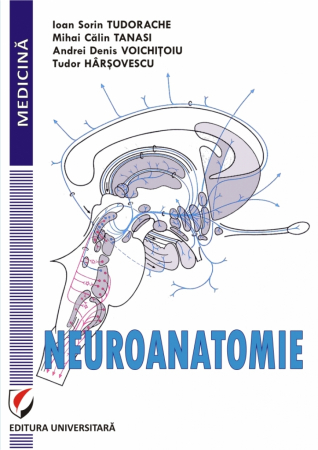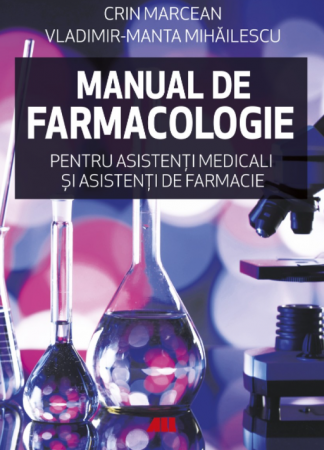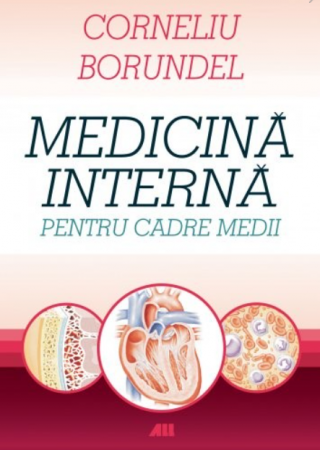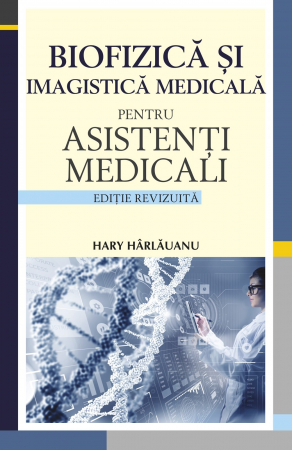ISBN: 978-606-28-0848-8
DOI: 10.5682/9786062808488
Publisher year: 2018
Edition: I
Pages: 148
Publisher: Editura Universitară
Author: Bogdan Soltuzu
- Description
- Download (1)
- Authors
- Content
- More details
- Reviews (0)
It is interesting that sea buckthorn oil is also mentioned in Ayurvedic medicine, with an age of over 7000 years, which leads us to believe that its therapeutic potential may have been known long before the seventh century.
In the four fundamental volumes of traditional Chinese medicine, published during the Tang Dynasty (907 AD), it is recommended to use sea buckthorn in the treatment of liver, digestive, cardiovascular, gynecological diseases, inflammation, abscesses and colds and tumors. In Central Asia, sea buckthorn leaves were used successfully in the fight against dermatological diseases and rheumatoid arthritis. In Tajikistan it seems that even the flowers of this plant were used, from which a skin conditioner is prepared.
In Russia sea buckthorn was nicknamed "Siberian Pineapple" due to its sour and slightly astringent taste. It seems that the Slavic peoples used sea buckthorn oil to treat dermatitis, psoriasis, thrombosis, lupus erythematosus, burns and even some eye conditions such as conjunctivitis. Due to its invigorating properties, sea buckthorn was frequently used in cold periods, in the harsh conditions of the Siberian climate proving very useful for treating frostbite. The therapeutic virtues of sea buckthorn were further exploited later, when it was used experimentally in the diet of Soviet cosmonauts, because it was found to have the ability to protect the body from cosmic irradiation.
The famous regenerating valences of sea buckthorn oil on dermatological conditions have been well known for centuries by Tibetans and this was probably the reason why their skin remained healthy and smooth despite the vicissitudes of the climate and the passing of the years. Using sea buckthorn oil, they effectively fight acne, irritations, burns, dehydration and the premature formation of wrinkles.
Although it has a well-documented therapeutic potential in the oldest treatises of traditional oriental medicine, the healing properties of sea buckthorn have today, unfortunately, remained in the shadow of the skepticism of modern medicine. In this sense, I wanted, through this paper, to bring a series of undoubted evidence that confirms this phytotherapeutic potential of sea buckthorn. Thanks to the research activity of some specialists in the field and the personal research activity, I managed to establish a correlation between traditionalism and modernity regarding sea buckthorn in phytotherapy in a theoretical, pragmatic and applied synchronism that I would like to share with all those who want to walk the mysterious path of this miracle of nature.
At the same time, given these remarkable properties of sea buckthorn, confirmed at present and through a multitude of clinical studies, I would like this paper to be a plea for the introduction into treatment schemes of various phytopharmaceutical forms obtained from sea buckthorn for a healthier life.
Prof. Dr. Bogdan Soltuzu
-
Catina alba in fitoterapie
Download
PREFACE / 9
ARGUMENT / 11
MYTHOLOGY, ART AND SPIRITUALITY / 14
MYTHS AND LEGENDS ABOUT SEA BUCKTHORN / 14
SEA BUCKTHORN IN ART AND SPIRITUALITY / 15
TAXONOMY, MORPHO-ANATOMY AND ECOLOGY / 18
SYSTEMATIC FRAMEWORK / 18
MORPHOLOGY AND ANATOMY / 21
AREA OF SPREAD / 24
ECOLOGY / 26
PHYTOCHEMISTRY, PHARMACOGNOSIS AND PHYTOTHERAPY / 29
HARVESTING METHODS / 29
BIOCHEMICAL ANALYSIS / 32
Qualitative biochemical analyzes / 32
Quantitative biochemical analyzes / 38
PHARMACO-TOXICOLOGICAL ACTIVITY / 48
Experimental drug-toxicology / 48
Antioxidant, immunomodulatory and antitumor action / 48
Hepatoprotective action / 52
Antistress and adaptogenic action / 53
Modulating action in altitude hypoxia / 55
Cardioprotective and antiatherogenic action / 56
Antiviral and antibacterial action / 58
Radiation protection action / 60
Regenerating action on the skin / 63
Detoxifying action / 65
Clinical drug-toxicology / 66
In cardiovascular diseases / 66
In metabolic syndrome / 69
In dermato-venereal diseases / 71
In burns / 73
In gastric and duodenal ulcer / 74
In influenza and respiratory viruses / 75
In liver diseases / 76
In cancers / 76
Side effects and safety / 77
Contraindications / 78
Drug interactions / 79
Interactions with other medicinal plants and food supplements / 80
Food interactions / 81
SEA BUCKTHORN IN TRADITIONAL AND MODERN PHYTOTHERAPY / 82
Practices in traditional oriental medicine / 82
1. Sea buckthorn in traditional Tibetan medicine / 82
2. Sea buckthorn in traditional Chinese medicine / 85
Phytopharmaceutical forms for internal use / 87
1. Fresh or canned fruit / 87
2. Powder / 88
3. Aqueous extractive solutions / 91
4. Hydro-alcoholic extractive solutions / 100
5. Glycerin-hydro-alcoholic extractive solutions / 105
6. Hydro-acetic extractive solutions / 105
7. Tablets / 106
8. Lyophilized powders / 108
Phytopharmaceutical forms for external use / 109
1. Ointment / 109
2. Medicinal oils / 111
3. Poultices / 112
4. Phytocosmetics / 112
Medicinal gastronomy / 115
1. Culinary preparations / 116
2. Drinks / 121
3. Tibetan recipes / 123
CONCLUSIONS / 126
BIBLIOGRAPHY / 128
The use of medicinal plants for therapeutic purposes is thousands of years old and has already proven effectiveness. Modern phytotherapy studies the chemical composition of plants in pharmaceutical laboratories and scientifically argues the traditional uses of some plants. Despite centuries of tradition, phytotherapy has evolved and gained its prestige and effectiveness only recently, becoming closer to the rules of modern medicine.
As a result of the information about the existing therapeutic potential in the world of plants, the research and obtaining of new preparations was developed with the help of plants, in the sense of the systematic selection of ingredients in laboratories.
As a result, at present, the medicinal properties of plants are much better known, the secrets of their active principles being deciphered and, thus, their action being known much more precisely.
In this context, of the scientific documentation and exploration, the present work of Mr. Bogdan Soltuzu is included, the author wishing to share to all those interested the information regarding the phytotherapeutic valences of sea buckthorn.
The paper includes a general description of the species, active principles, distribution, harvest period, method of use, and therapeutic indications.
Widespread in Asia and Europe, sea buckthorn grows spontaneously in our country throughout the sub-Carpathian area, even in the Danube Delta, but is specially cultivated, in certain reservations, for the preparation of natural medicines.
It is a so-called natural polyvitamin, so it has all the fat-soluble vitamins (A, D, E, K, F), contains beta-carotene, phytosterols (plant hormones), trace elements (K, Mg, Fe, Mn), lecithins and phospholecithins, acids fat.
Sea buckthorn contains an extremely large amount of vitamin C. From this point of view it is comparable to rosehips and contains a much higher amount of vitamin C than citrus fruits. In addition to vitamin C, it also contains carotenoids, appreciable amounts of B1, B2, P, D, E, folic acid and many other chemicals with a beneficial role on the body.
Mr. Bogdan Soltuzu's book is addressed mainly to the general public interested in the importance of medicinal plants, but also to students, biochemists and researchers in the field, eager to contribute to deepening the scientific approach for a better use of this plant of interest.
Assoc. Prof. Dr. Smaranda Vantu
Faculty of Biology
Univ. „Al. I. Cuza ”- Iasi

6359.png)
![Sea Buckthorn in Phytotherapy - Bogdan Soltuzu [1] Sea Buckthorn in Phytotherapy - Bogdan Soltuzu [1]](https://gomagcdn.ro/domains/editurauniversitara.ro/files/product/large/catina-alba-in-fitoterapie-203-549584.jpg)
